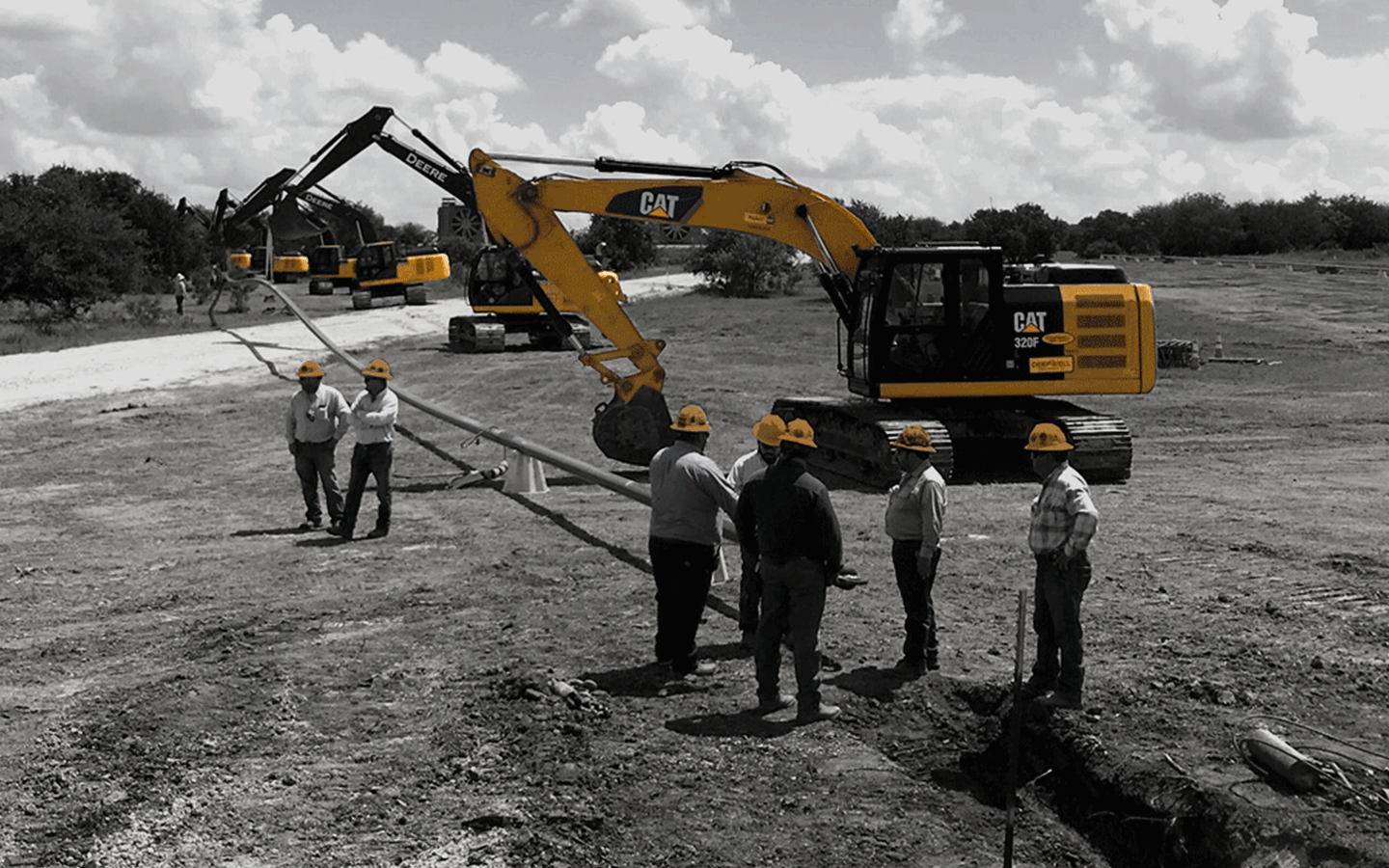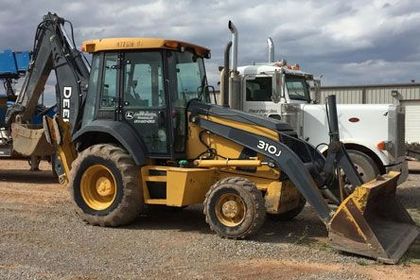Everything About Oil Field Equipment and Pipeline Equipment: Secret Insights and Crucial Information
Oil field equipment and pipeline systems play a pivotal function in the oil and gas market. They are essential for the reliable extraction and transport of hydrocarbons. Trick components, such as drilling rigs and storage space tanks, straight impact operational success. Meanwhile, innovations in technology pledge to boost security and performance. Comprehending these components is important for anybody entailed in or interested in this complicated industry, as it establishes the phase for much deeper exploration of sector techniques.

Overview of Oil Field Equipment
As the demand for oil continues to expand, recognizing the tools utilized in oil fields comes to be increasingly crucial. Oil field equipment encompasses a wide variety of equipment and tools crucial for expedition, removal, and processing. Secret parts include drilling rigs, which are critical for getting to oil tanks, and production tools, such as separators and pumps, that assist in the extraction process. Superior Rentals reviews. In addition, tank play a significant duty in holding crude oil before transportation. Safety tools, consisting of blowout preventers and pressure gauges, ensures operational safety and security and performance. Each tool functions cohesively to optimize production and maintain reliable operations. Experience with this equipment is crucial for specialists in the market to assure effective procedures and adherence to security criteria
Kinds Of Drilling Rigs and Their Applications
Drilling rigs work as the foundation of oil extraction operations, with different types created for particular geological problems and operational requirements. One of the most common types include rotary exploration rigs, which make use of a turning drill bit to permeate the planet, and cable tool rigs, known for their percussion exploration technique. For offshore operations, jack-up rigs and semi-submersible rigs give security and assistance in marine atmospheres. Additionally, directional exploration rigs allow drivers to drill at angles, getting to deposits that are not vertically available. Each gear kind has one-of-a-kind advantages, maximizing effectiveness and safety and security based on the drilling setting. Picking the ideal gear is necessary for making the most of resource extraction while minimizing ecological impact and operational prices.

Vital Pipeline Equipment and Their Features
Pipeline facilities is necessary for the transport of oil and gas from extraction sites to processing facilities and end-users. Different crucial equipment elements facilitate this procedure. Pipelines themselves serve as the primary channels, created to hold up against high stress and corrosive materials. Pump terminals are essential for keeping flow by improving pressure along the pipeline. Valves play an essential function in regulating circulation and separating areas for upkeep. In addition, fittings and connectors ensure safe and secure joints in between pipe areas. Checking systems, including flow meters and stress sensing units, are important for detecting leakages and enhancing flow rates. Ultimately, pigging devices is employed for upkeep and cleaning, safeguarding pipeline honesty and effectiveness. With each other, these components create the foundation of a trustworthy pipeline system.
Developments and Technologies in Oil and Gas Equipment

Security and Upkeep Practices in the Oil Industry
While the oil sector has made considerable strides in modern technology and performance, the relevance of robust security and upkeep methods can not be overemphasized. Efficient safety procedures are vital to safeguard employees and the atmosphere, lessening the sites danger of accidents and spills. Normal assessments and upkeep of equipment assistance identify potential concerns prior to they rise, guaranteeing functional stability. Educating programs for staff members are crucial, stressing the value of safety understanding and emergency situation action treatments. Additionally, adherence to market policies and standards promotes a society of safety and security. Executing innovative tracking modern technologies can better enhance maintenance practices, allowing for real-time evaluations of tools conditions. Inevitably, prioritizing security and upkeep is important to the sustainability and success of the oil industry.
Regularly Asked Inquiries
What Are the Environmental Impacts of Oil Field Equipment?
The environmental influences of oil field equipment consist of habitat destruction, water contamination, and air pollution (Superior Oilfield Rentals). Furthermore, devices malfunction can bring about spills, adversely my site impacting wildlife and ecosystems, highlighting the requirement for strict guidelines and surveillance
Just How Is Oil Field Equipment Moved to Remote Locations?
Transporting oil field equipment to remote places commonly involves customized automobiles, helicopters, or barges. Logistics companies coordinate routes, guaranteeing tools gets here safely and efficiently, considering terrain and ease of access to decrease delays and maximize efficiency.
What Governing Specifications Govern Oil Field Equipment?
Regulatory criteria controling oil field equipment mainly consist of safety and security, environmental management, and functional efficiency guidelines. Agencies such as OSHA and EPA enforce these regulations to ensure secure methods and decrease ecological influence in oil removal procedures.
What Skills Are Required to Run Oil Area Machinery?

Just How Do Oil Rates Influence Equipment Demand and Usage?
Oil costs significantly affect devices need and use. Greater rates normally result in increased expedition and manufacturing activities, driving need for machinery. On the other hand, lower useful site prices may cause reduced procedures and decreased demand for tools.